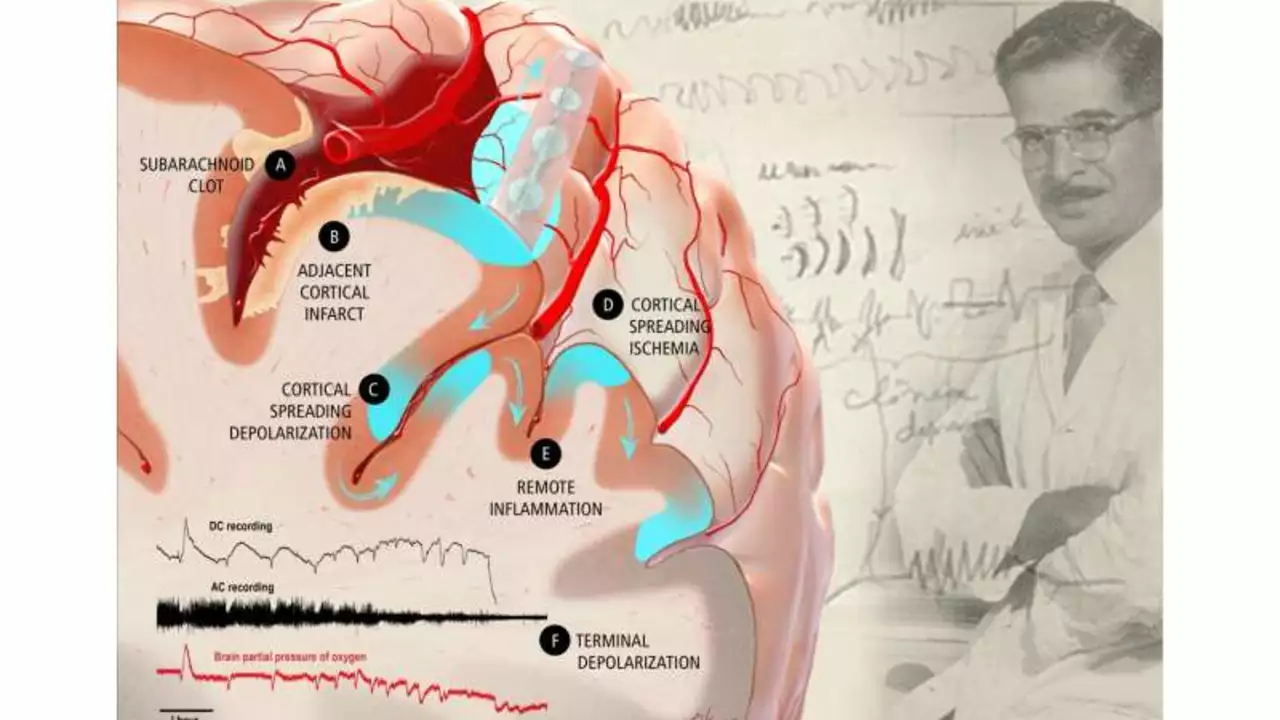Subarachnoid Hemorrhage – What It Is and Why It Matters
If blood suddenly pools around your brain, you’ve got a subarachnoid hemorrhage (SAH). It’s a type of stroke where bleeding occurs in the space between the brain and the thin tissues covering it. That spot is called the subarachnoid space. When blood leaks there, pressure builds fast and can damage brain cells.
Most people hear about heart attacks but not SAH, even though the emergency signs are just as urgent. Knowing what to look for can save a life, so let’s break it down in plain language.
Recognizing the Signs
The first clue is usually a sudden, "worst headache of my life" feeling – like a hammer pounding your skull. It often comes with neck stiffness, nausea, or vomiting. Some folks also notice blurred vision, confusion, or a brief loss of consciousness.
If you or someone nearby experiences any of these symptoms out of the blue, call emergency services right away. Don’t wait to see if it goes away – SAH progresses in minutes, not hours.
Getting Treated Quickly
In the ER, doctors will do a CT scan to spot the bleed. If the scan is unclear but suspicion remains high, they may perform a lumbar puncture to check for blood in the spinal fluid.
Treatment focuses on stopping the bleeding and preventing re‑bleed. This often means surgery – either clipping the ruptured aneurysm or coiling it through a catheter. The goal is to seal off the source of blood without harming surrounding tissue.
After the procedure, patients stay in intensive care for monitoring. Blood pressure control, pain management, and preventing complications like vasospasm (tightening of brain vessels) are key steps.
Recovery varies. Some people bounce back in weeks; others need months of rehab to regain speech or motor skills. Physical therapy, occupational therapy, and cognitive exercises all play a part. Support from family and a clear follow‑up plan with neurologists improve outcomes.
Preventing SAH starts with managing risk factors: keep blood pressure in check, quit smoking, limit alcohol, and treat any known brain aneurysms before they burst. Regular check‑ups can catch small aneurysms early when they’re easier to fix.
If you ever wonder whether a headache is just stress or something more serious, remember the red flags: sudden onset, worst pain ever, neck stiffness, or loss of consciousness. Trust your gut and act fast – it could be the difference between full recovery and lasting damage.
Staying informed about subarachnoid hemorrhage means you can spot trouble early and get help when it counts. Keep this guide handy, share it with loved ones, and don’t hesitate to call for help if the warning signs appear.
Subarachnoid Hemorrhage: A Guide to Assistive Devices and Technology
In my latest blog post, I delve into the world of subarachnoid hemorrhage and provide a detailed guide on assistive devices and technology that can be beneficial for patients. I explore a variety of tools, from simple aids to sophisticated devices, that can significantly improve the quality of life for individuals dealing with this condition. I also touch on the latest advancements in technology that are shaping the future of treatment and support. My goal is to help you understand the role of these devices in managing subarachnoid hemorrhage, and how they can help to foster independence and improve daily living. Let's navigate this journey together.
read more

